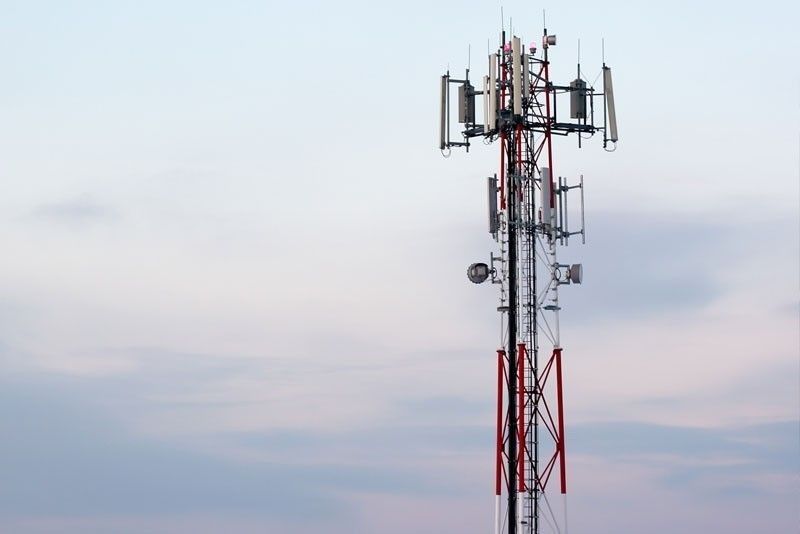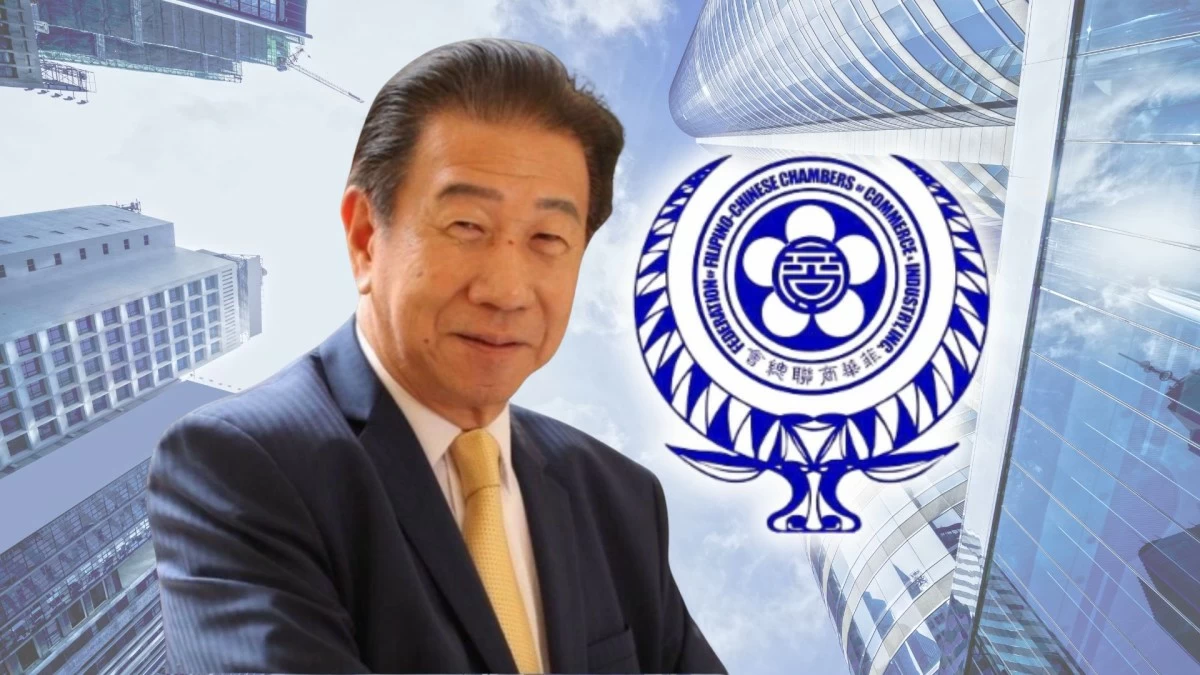
Upgrade to High-Speed Internet for only ₱1499/month!
Enjoy up to 100 Mbps fiber broadband, perfect for browsing, streaming, and gaming.
Visit Suniway.ph to learn
Louella Desiderio - The Philippine Star
October 26, 2025 | 12:00am
Photos show buildings in the Taguig City business district dwarfing houses.
STAR / Ernie Penaredondo
MANILA, Philippines — The Philippine economy is expected to post slower growth of 5.2 percent next year due to challenges such as the United States’ trade policies and corruption issues in flood control projects that may affect consumption and investment, according to research and analysis firm BMI.
In a report, the Fitch Solutions unit said that while it is sticking to its gross domestic product (GDP) growth forecast of 5.4 percent for this year, it is downgrading its growth outlook for next year.
“We have revised downwards our 2026 GDP growth forecast to 5.2 percent from 6.2 percent due to subdued domestic consumption and weak investment sentiment,” BMI said.
BMI’s growth forecasts for this year and the next are below the government’s growth targets. The government is aiming to achieve 5.5 to 6.5 percent growth for this year.
As of the first semester, the economy posted average growth of 5.4 percent.
For 2026, the government has set a six to seven percent growth target.
BMI expects growth in the second half of this year to ease as uncertainties in the global environment and weak infrastructure spending are likely to dampen investment sentiment.
As headwinds continue to mount, BMI expects the economy to post slower growth next year.
“We expect remittance growth to slow due to tighter US immigration policy and a one percent remittance tax on transfers from the US starting in 2026,” BMI said.
A slowdown in remittances is expected to weigh on domestic consumption, a key driver of economic growth.
BMI also expects the 19 percent tariff imposed by the US on Philippine goods to weigh on the trade balance next year.
In addition, it expects investment sentiment to remain weak next year, citing erratic US trade policies.
Risks to BMI’s outlook are tilted to the downside.
“Should the ongoing probe uncover corruption across other infrastructure projects beyond flood control, it could lead to even tighter scrutiny on government spending and reduce spending substantially below fiscally programmed levels,” BMI said.
Meanwhile, the University of Asia and the Pacific (UA&P) said the GDP growth in the third quarter likely eased from the previous quarter amid the series of typhoons that hit the country and the flood control corruption controversy.
“We expect tepid GDP growth of 5.2 percent in Q3 after a spate of typhoons and negative sentiments due to the flood control corruption issue,” UA&P said in its The Market Call report for October.
The Philippine economy expanded by 5.5 percent in the second quarter, bringing the average growth in the first semester to 5.4 percent.
While the UA&P expects slower GDP growth in the third quarter, it said the economy is likely to expand at a faster rate of 5.7 percent in the fourth quarter, citing positive signs of recovery.

 15 hours ago
2
15 hours ago
2



